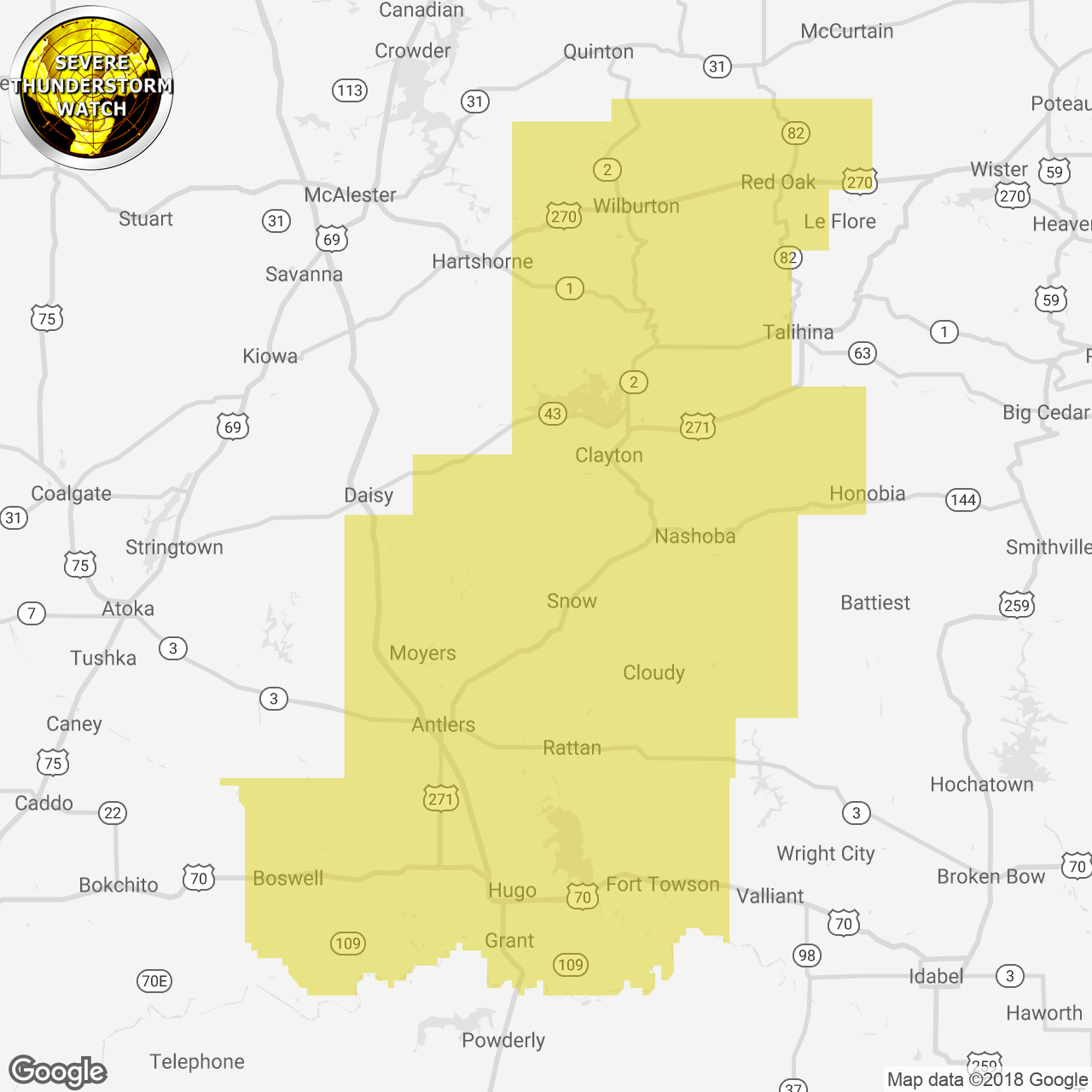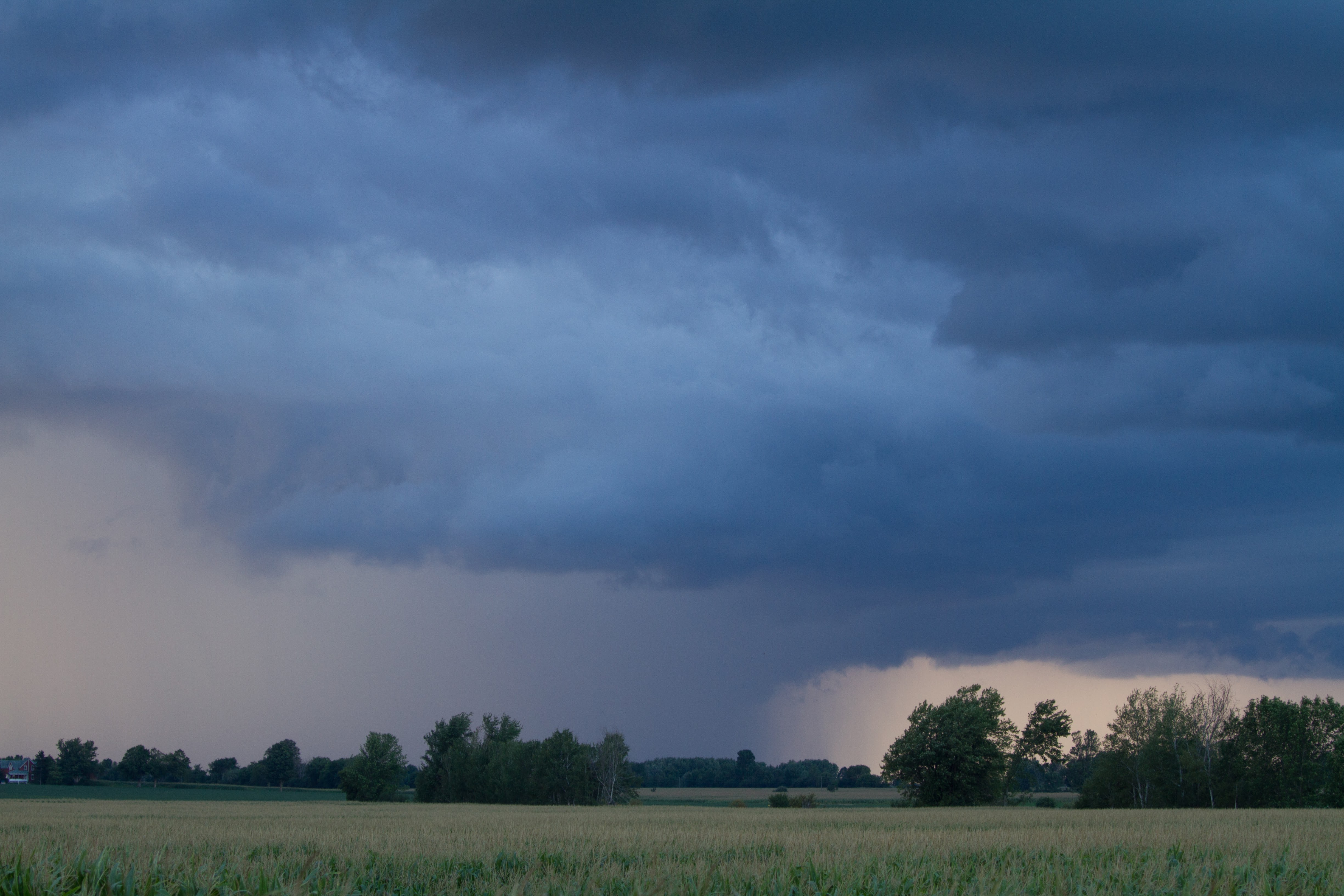Severe thunderstorm watch, folks, is not just some random weather term you hear on the news. It's a warning that could save your life if you know how to handle it right. Imagine this: the sky turns dark, the wind starts howling, and suddenly, you're in the middle of a major storm. Knowing what a severe thunderstorm watch means and how to prepare for it can be the difference between staying safe and getting caught off guard. So, buckle up, because we're diving deep into the world of severe weather alerts.
Now, before we get into the nitty-gritty, let me tell you something important. A severe thunderstorm watch is different from a warning. Think of it like this: a watch means conditions are ripe for a storm to form, while a warning means the storm is already here or on its way. Understanding this distinction is crucial if you want to stay ahead of the game when it comes to severe weather.
But why should you care? Well, severe thunderstorms can bring hail the size of golf balls, winds that rip roofs off houses, and lightning that can fry your electronics—or worse. So, whether you're a weather enthusiast or someone who just wants to keep their family safe, this article's got you covered. Let's break it down step by step, shall we?
What Exactly is a Severe Thunderstorm Watch?
A severe thunderstorm watch is basically a heads-up from the National Weather Service (NWS) that conditions are favorable for severe thunderstorms to develop. It's like when your mom tells you to clean your room "just in case" company's coming over. You don't know for sure if they're coming, but you're ready just in case. Same deal with a watch. The NWS uses specific criteria to determine when to issue one, and it's usually based on atmospheric conditions like wind shear, instability, and moisture levels.
When a watch is issued, it typically covers a large area and lasts for several hours. It's your cue to start preparing, keep an eye on the weather, and make sure you're ready to act if things escalate to a warning. And trust me, you don't want to be caught off guard when those winds start picking up.
Key Criteria for a Severe Thunderstorm Watch
So, what exactly makes a thunderstorm "severe"? Well, the NWS has a few criteria in mind:
- Winds of 58 mph or higher
- Hail that's at least one inch in diameter (about the size of a quarter)
- Potential for tornadoes, though this is more common in tornado watches
These criteria might sound scary, but they're in place to help you understand just how serious the situation can get. And if you're thinking, "Well, I've seen hail before, no big deal," think again. Hail that big can cause serious damage to your car, home, or even your garden. And those winds? They can take down trees and power lines in a heartbeat.
How to Prepare for a Severe Thunderstorm Watch
Alright, so you've got a watch in effect. What now? The key here is preparation. You don't want to be scrambling for supplies or trying to figure out what to do when the storm hits. Here's a quick rundown of what you need to do:
1. Stay Informed
First things first, you need to stay on top of the weather updates. This means tuning into local news stations, checking weather apps, or even signing up for weather alerts on your phone. The more information you have, the better prepared you'll be. And hey, if you've got a weather radio, now's the time to use it.
2. Secure Your Property
Next, take a quick walk around your property and make sure everything's secure. Bring in any outdoor furniture, secure loose items, and make sure your gutters are clear. Trust me, you don't want that patio table flying into your neighbor's yard—or worse, through your window.
3. Create an Emergency Kit
Every household should have an emergency kit on hand, but if you don't, now's the time to put one together. Your kit should include:
- Flashlights and extra batteries
- A first aid kit
- Non-perishable food and water for at least three days
- Important documents like insurance policies and IDs
- A portable phone charger
Having this kit ready to go can make a huge difference if the power goes out or you need to evacuate.
Understanding the Science Behind Severe Thunderstorms
Now, let's talk science for a bit. Severe thunderstorms don't just happen out of nowhere. They're the result of a complex interaction between different atmospheric conditions. Here's a quick breakdown of what's going on:
1. Wind Shear
Wind shear refers to the change in wind speed and direction with height. When you've got strong wind shear, it can help organize storms into more powerful systems. Think of it like a turbo boost for thunderstorms.
2. Instability
Instability is basically the atmosphere's way of saying, "I'm ready to explode." When you've got warm, moist air near the surface and cooler air above, you've got the perfect setup for a thunderstorm to develop. The warm air rises, cools, and condenses, forming clouds and eventually precipitation.
3. Moisture
And let's not forget moisture. Without it, you wouldn't have the big, fat raindrops or hailstones that make severe thunderstorms so dangerous. Moisture comes from sources like oceans, lakes, and rivers, and it plays a crucial role in storm development.
Common Misconceptions About Severe Thunderstorm Watches
There are a few common misconceptions about severe thunderstorm watches that we need to clear up. First, a watch doesn't mean a storm is guaranteed to happen. It just means the conditions are right for one to form. Second, a watch isn't the same as a warning. A warning means the storm is already happening or about to happen, so you need to take immediate action.
And finally, don't assume that just because you haven't seen lightning or heard thunder that you're in the clear. Severe thunderstorms can develop quickly, and by the time you see the signs, it might be too late to prepare.
Real-Life Examples of Severe Thunderstorms
To give you a better idea of just how serious severe thunderstorms can be, let's take a look at a few real-life examples:
1. The 2011 Super Outbreak
This was one of the largest tornado outbreaks in U.S. history, and it was fueled by severe thunderstorms. Over the course of three days, more than 350 tornadoes touched down across the southeastern United States, causing widespread destruction and loss of life.
2. The 2013 Moore Tornado
This EF5 tornado devastated the town of Moore, Oklahoma, killing 24 people and injuring hundreds more. The tornado was spawned by a severe thunderstorm that had been monitored for hours before it touched down.
3. The 2021 Derecho
A derecho is a widespread, long-lived windstorm that's often associated with severe thunderstorms. In 2021, a derecho tore through parts of the Midwest, causing widespread power outages and damage to homes and businesses.
How Technology is Improving Severe Weather Warnings
Thanks to advances in technology, we're getting better at predicting and warning people about severe thunderstorms. Doppler radar, for example, allows meteorologists to track storms in real-time and identify potential threats. And with the rise of smartphone apps and weather alerts, it's easier than ever to stay informed about severe weather conditions.
But technology isn't just about radar and apps. Researchers are also using machine learning and artificial intelligence to improve weather forecasting models. These tools can analyze vast amounts of data to identify patterns and predict storm behavior with greater accuracy.
Staying Safe During a Severe Thunderstorm
Now, let's talk about what to do if a severe thunderstorm hits. First and foremost, stay indoors and away from windows. If you're driving, pull over and find a safe place to wait out the storm. And if you're outside, try to find shelter in a sturdy building or vehicle.
If you're at home, head to the lowest level of your house and stay away from exterior walls. If you have a basement, that's the best place to be. And whatever you do, don't use electrical appliances or take a bath during the storm. Lightning can travel through wires and plumbing, making them dangerous to touch.
Conclusion: Be Prepared, Stay Safe
So, there you have it, folks. A severe thunderstorm watch is more than just a weather term—it's a call to action. By understanding what it means and how to prepare, you can keep yourself and your loved ones safe when severe weather strikes. Remember to stay informed, secure your property, and have an emergency kit ready to go.
And most importantly, don't underestimate the power of severe thunderstorms. They can be deadly if you're not prepared, so take every watch and warning seriously. If you've got questions or want to share your own severe weather stories, drop a comment below. And don't forget to share this article with your friends and family so they can stay safe too!
Table of Contents:
- What Exactly is a Severe Thunderstorm Watch?
- How to Prepare for a Severe Thunderstorm Watch
- Understanding the Science Behind Severe Thunderstorms
- Common Misconceptions About Severe Thunderstorm Watches
- Real-Life Examples of Severe Thunderstorms
- How Technology is Improving Severe Weather Warnings
- Staying Safe During a Severe Thunderstorm


